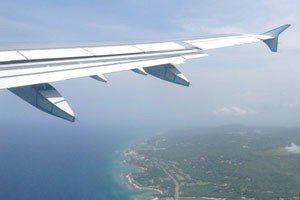Passenger Growth Slows
The International Air Transport Association (IATA) reports global passenger traffic data for August showing that demand (measured in total revenue passenger kilometres or RPKs) climbed 4.6% compared to the same period a year ago.
This, however, represented a slowing from the 6.4% increase recorded in July. August capacity (available seat kilometres or ASKs) increased by 5.8% and load factor slipped 0.9 percentage points to 83.8%.
“Growth in passenger demand dipped to 4.6%. While that’s disappointing compared to the previous month’s performance, it is still healthy growth. And although terrorist attacks in Europe have dampened demand, the impact is ebbing,” said IATA director general Alexandre de Juniac.
All regions recorded increases, but growth was dominated by airlines in the Middle East. Capacity climbed 6.5%, causing load factor to slide 1.4 percentage points to 83.9%.
North American airlines’ international demand rose 1.8% compared to August a year ago. However, seasonally adjusted traffic has risen at an annualized rate of 7% since March, supported by transpacific demand and leisure routes to Central America and the Caribbean. Capacity rose 3.8%, causing load factor to drop 1.7 percentage points to 85.3%.
“Lower airfares are a major factor sustaining demand for air travel. And airline profitability is stronger than ever as a result of a better industry structure and efficiency gains,” added de Juniac. “But the lingering impact of terrorist attacks in Europe earlier in the year reminds us that the aviation industry is vulnerable to many external factors beyond its control. The risks – including the normal ups and downs of the business cycle – won’t go away. The industry has improved resilience along with its profitability. That will be critical to responding quickly should the business environment change.”



